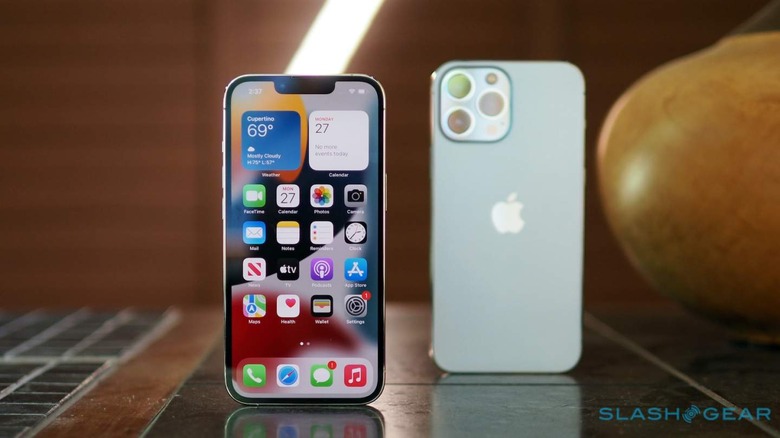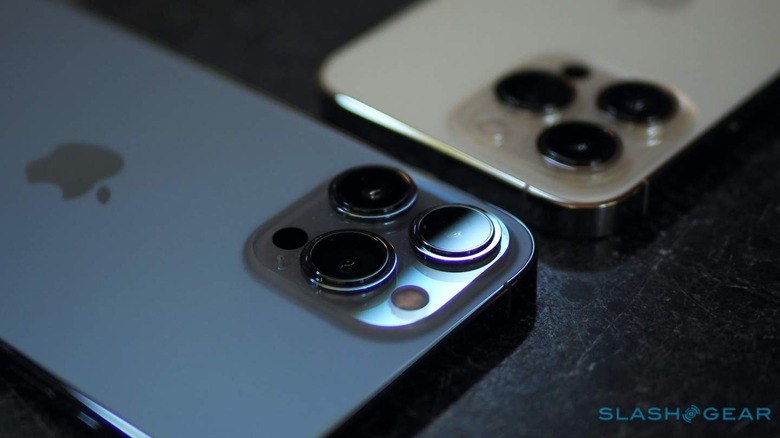Cracked iPhone Screen Repairs Are About To Lose The Face ID Headache
Apple has revealed plans to release an iOS update that will address the Face ID headache currently impacting indie repair shops performing iPhone 13 screen replacements. The news comes only days after it was confirmed that replacing an iPhone 13 display breaks the Face ID functionality unless a small chip is transplanted from the original screen, increasing the complexity and cost of the repair.READ: iPhone 13 Pro Review – Beyond the glitter
Despite one's best efforts to protect their device, it only takes one drop to shatter a phone screen. Though some consumers have an official support plan or insurance coverage to pay for an authorized device repair shop, others may turn to independent providers who offer lower costs for the same service.
Screen repairs are one of the most common smartphone repairs performed given how easy it is to crack the glass. That makes a recent discovery about the iPhone 13 particularly frustrating, but Apple has vowed to address the matter.
The problem
The team at iFixit published a report on November 4 that revealed the latest iPhone model disables Face ID when the screen is replaced by someone other than an authorized Apple technician. At the core of the issue is a small microcontroller described as about the size of a Tic-Tac located on the bottom of the phone's screen.
Without access to the software made available to authorized technicians, independent repair shops who aren't part of Apple's indie repair program must manually remove the soldered chip from the iPhone 13's original screen and apply it to the replacement screen.
This process, the report notes, is complex, resulting in a longer repair time (and thus a higher cost for the customer), as well as the need for special equipment and training that some indie repair shops may not be able to afford.
Apple's solution
Apple has told The Verge it will release a software update that eliminates the need to move the small chip from one screen to another. Though the company didn't say when the update will roll out, the change should reverse this problem and allow for anyone to replace an iPhone 13 display without the extra hassle and risk.
Right to repair
The "right to repair" topic has been a contentious issue between consumers, the repair industry, and big tech companies. Apple has notoriously opposed the right to repair movement, arguing that device servicing performed by unauthorized repair shops may result in damaged devices or that, in the case of DIY repairs, consumers may accidentally hurt themselves.
Amid this industry struggle, independent repair shops have reported various issues servicing Apple's products over the years, including trouble getting ahold of replacement parts. Apple has taken steps to address this, however.
Back in March, the company expanded its Independent Repair Provider Program to more than 200 countries, giving indie repair shops access to genuine components, as well as manuals and more. The program is free to join, though there is one requirement that some shops aren't happy about: they must have an Apple-certified technician repair Apple products. It should be noted, however, that the certification process is made available for free.
Despite this, the Independent Repair Provider Program presents other struggles for indie shops, according to some repair technicians speaking with iFixit. Some providers have expressed frustration about the number of requirements to join Apple's program, including signing an NDA and undergoing pre-screening. Apple notes on its support website for the program that, among other things, "Meeting program requirements does not guarantee acceptance into the program."
Repair shops have also criticized the cost of some parts acquired through the program, citing much higher costs compared to aftermarket components, as well as numerous other issues that make Apple's program less than appealing.


